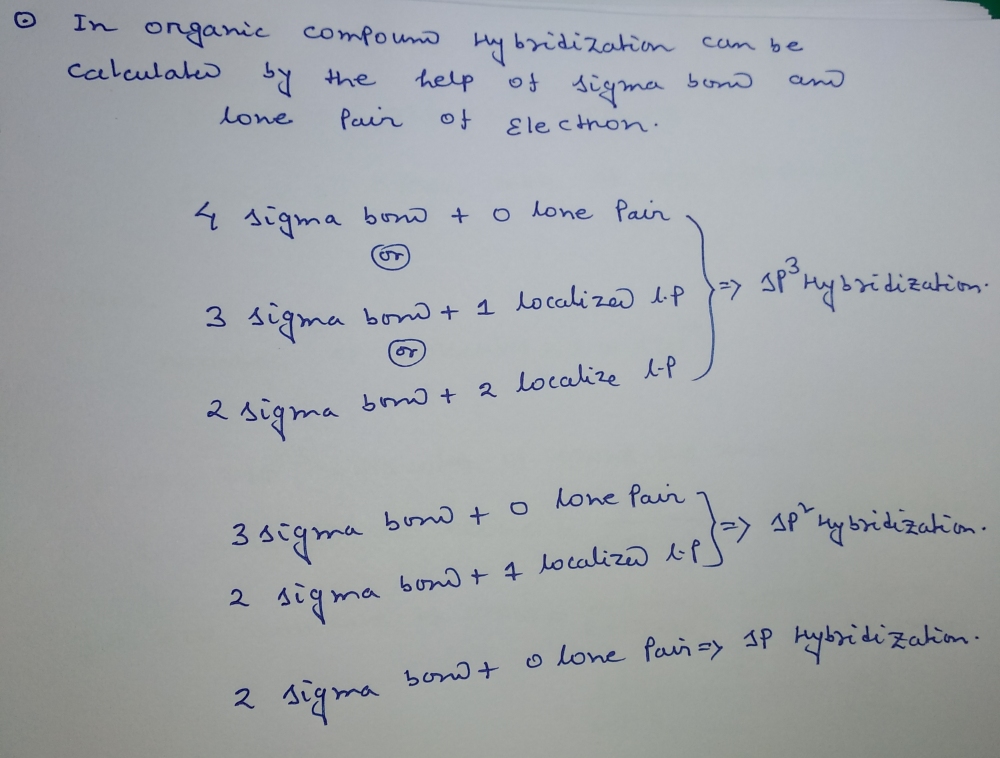The image consists of three hand-drawn diagrams labeled A, B, and C. ### Diagram A - **Description**: This diagram features three connected lines resembling a zig-zag or mountain range silhouette. Each line segment decreases in height, forming sharp angles. - **Interpretation**: It could represent a simple peak or valley formation often used in graph interpretations or basic geometry. ### Diagram B - **Description**: Similar to Diagram A, it includes connected lines forming a mountain-like shape. However, there's an added circular shape at the peak with a short vertical line underneath. - **Interpretation**: This can symbolize a person standing on a peak, emphasizing a point of interest or achievement. ### Diagram C - **Description**: An irregular quadrilateral shape with four distinct sides and angles. The lines do not follow a specific angular pattern, creating a distorted rectangular appearance. - **Interpretation**: This could be used to discuss properties of irregular polygons or in exercises related to geometry and spatial understanding. These diagrams can serve as visual aids in learning contexts involving graph reading, simple geometry, and spatial interpretation.
Basics in Organic Reactions Mechanisms
In organic chemistry, the mechanism of an organic reaction is defined as a complete step-by-step explanation of how a reaction of organic compounds happens. A completely detailed mechanism would relate the first structure of the reactants with the last structure of the products and would represent changes in structure and energy all through the reaction step.
Heterolytic Bond Breaking
Heterolytic bond breaking is also known as heterolysis or heterolytic fission or ionic fission. It is defined as breaking of a covalent bond between two different atoms in which one atom gains both of the shared pair of electrons. The atom that gains both electrons is more electronegative than the other atom in covalent bond. The energy needed for heterolytic fission is called as heterolytic bond dissociation energy.
Polar Aprotic Solvent
Solvents that are chemically polar in nature and are not capable of hydrogen bonding (implying that a hydrogen atom directly linked with an electronegative atom is not found) are referred to as polar aprotic solvents. Some commonly used polar aprotic solvents are acetone, DMF, acetonitrile, DMSO, etc.
Oxygen Nucleophiles
Oxygen being an electron rich species with a lone pair electron, can act as a good nucleophile. Typically, oxygen nucleophiles can be found in these compounds- water, hydroxides and alcohols.
Carbon Nucleophiles
We are aware that carbon belongs to group IV and hence does not possess any lone pair of electrons. Implying that neutral carbon is not a nucleophile then how is carbon going to be nucleophilic? The answer to this is that when a carbon atom is attached to a metal (can be seen in the case of organometallic compounds), the metal atom develops a partial positive charge and carbon develops a partial negative charge, hence making carbon nucleophilic.
For parts A, B, and C label each carbon in the strucutres with the correct hybridization.


Step by step
Solved in 2 steps with 2 images









